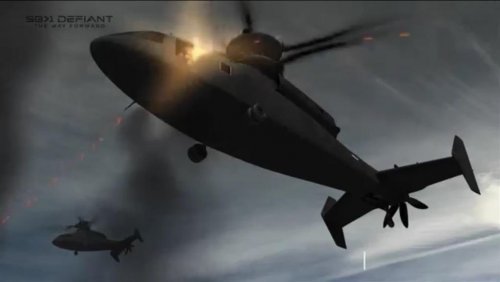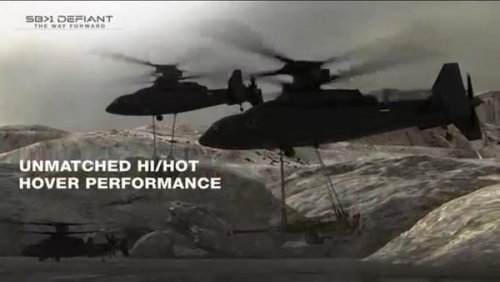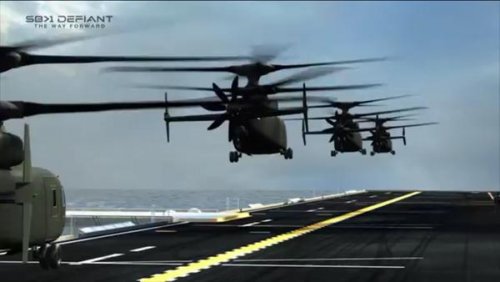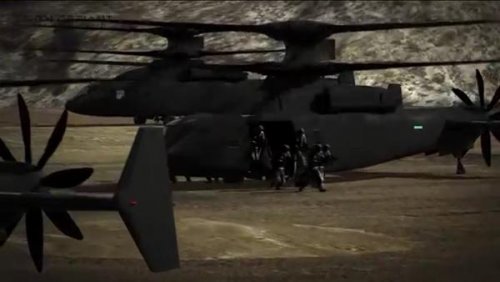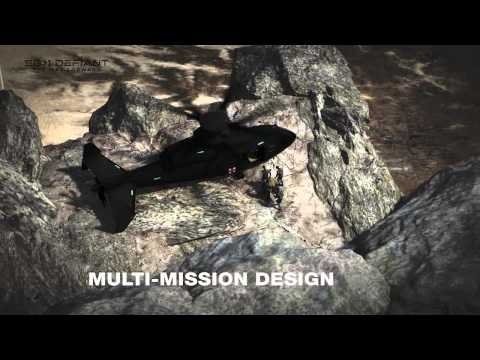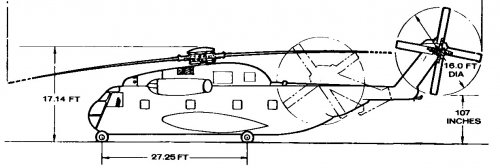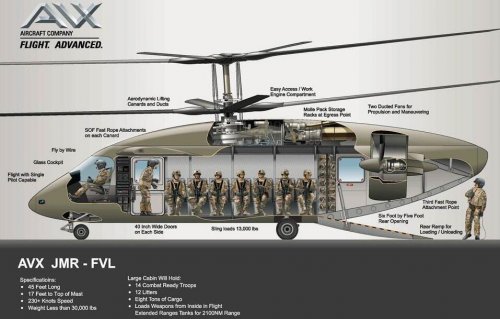In a recent article, we discussed the options at hand for United Technologies if it decided to sell its Sikorsky helicopter division as opposed to spinning it off. United Technologies’ Board is expected to meet before the end of this week to review the offers it has received for divestiture of the division. According to market sources, it is starting to seem likely that if the company decides against a spin-off, Textron will be the likely partner it chooses. However, rather than an outright sale it would likely be a merger through a Reverse Morris Trust. [1]
Our current price estimate for UTC is $123, which is slightly ahead of its market price. Our price estimate for Textron stands at $43, which is slightly below its market price.
See our complete analysis for Aerospace and Defense companies: UTC | Textron | Lockheed Martin | Boeing
Textron’s Concern Is The Price, UTC’s Concern Is The Tax Bill
Textron’s Bell Helicopters looks to be a great strategic fit with Sikorsky. Driven by declining orders in its key program, the V-22, Bell Helicopters has been struggling to find growth in the helicopter industry. A potential acquisition of Sikorsky, which signed deals valued at approximately $3 billion in the past year, would breathe new life into Textron’s existing helicopters business. The value added by acquiring Sikorsky would be huge for Textron, as it currently trails behind Boeing and UTC in the rotorcraft industry by a significant margin. However, Textron, at its market value of $13 billion, would struggle to engage in a direct purchase of Sikorsky, which is valued at approximately $8 billion.
For United Technologies, a spin-off is a more attractive possibility over a sale because a sale would come with a hefty tax bill. Sikorsky has been a part of UTC since 1929, and its value has appreciated significantly since it became a part of the company. As a result, it is anticipated that Sikorsky’s sale could come with an enormous tax bill of $3 billion. [2]
Tax-Effective Options At Hand For UTC: Spin-Off Vs. Reverse Morris Trust
UTC could opt for a tax-free spin-off of Sikorsky, which we have explored in depth here, which would launch Sikorsky as an independent company. The one disadvantage here would be that a spun off business could be subject to regulations that prohibit it from engaging in M&A activity for a certain window of time. So, although Sikorsky would have control over how it utilizes the cash it generates once it is independent, it may not be able to invest in certain M&A opportunities to grow the business, which could delay potential growth in returns for shareholders. [3]
UTC has another tax-free alternative in the form of a Reverse Morris Trust (RMT) in collaboration with a bidder, which is essentially a combination of a spin-off and a merger, which helps avoid the tax bill that is associated with a direct sale. To commence this transaction, Sikorsky will be made a subsidiary of United Technologies. and then the bidder will be able to merge with the newly created subsidiary. For a RMT to be successful, UTC shareholders should have a majority stake in the new entity created by the merger. It is therefore important that the bidder is not too large in size, so that upon the merger of the bidder and Sikorsky, UTC shareholders continue to hold a majority stake in the new entity. [4] Textron, with its market cap of $13 billion, is a much smaller company than United Technologies, which has a market cap of over $100 billion, and is therefore an appealing ideal partner for a RMT over other bidders such as Boeing and Lockheed Martin, which have market caps of $97 billion and $60 billion, respectively.
Reverse Morris Trusts are complicated and time consuming undertakings, and UTC will have to evaluate if enough extra value is created by undertaking this process before deciding to go through with it. As part of this evaluation, UTC will have to specifically consider whether it wants to be an investor in Textron. Textron, on the other hand, may have to sell some of its assets to be able to participate in a RMT. Over the long run, this would help Textron become a more lean and focused company. This will especially hold true if it decides to let go of divisions that aren’t well aligned with its aircraft and rotorcraft-related businesses.
UTC confirmed on Monday, June 15th that it will be exiting the helicopter market. The Board has been reviewing the spin-off and sale options since the beginning of this year. The company anticipates the exit to be completed by the end of the third quarter this year. [5]

